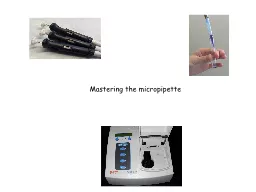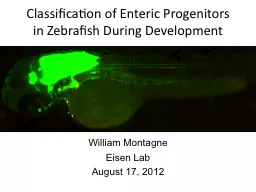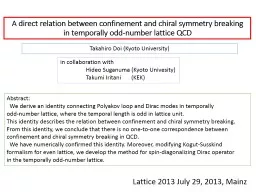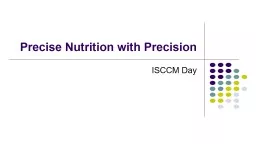PPT-Temporally precise
Author : tawny-fly | Published Date : 2016-03-01
in vivo control of intracellular signaling pathways through optogene expression By Michael DeSalvio Bio 570 September 24 2010 Agenda Definition and Clarification
Presentation Embed Code
Download Presentation
Download Presentation The PPT/PDF document "Temporally precise" is the property of its rightful owner. Permission is granted to download and print the materials on this website for personal, non-commercial use only, and to display it on your personal computer provided you do not modify the materials and that you retain all copyright notices contained in the materials. By downloading content from our website, you accept the terms of this agreement.
Temporally precise: Transcript
Download Rules Of Document
"Temporally precise"The content belongs to its owner. You may download and print it for personal use, without modification, and keep all copyright notices. By downloading, you agree to these terms.
Related Documents














